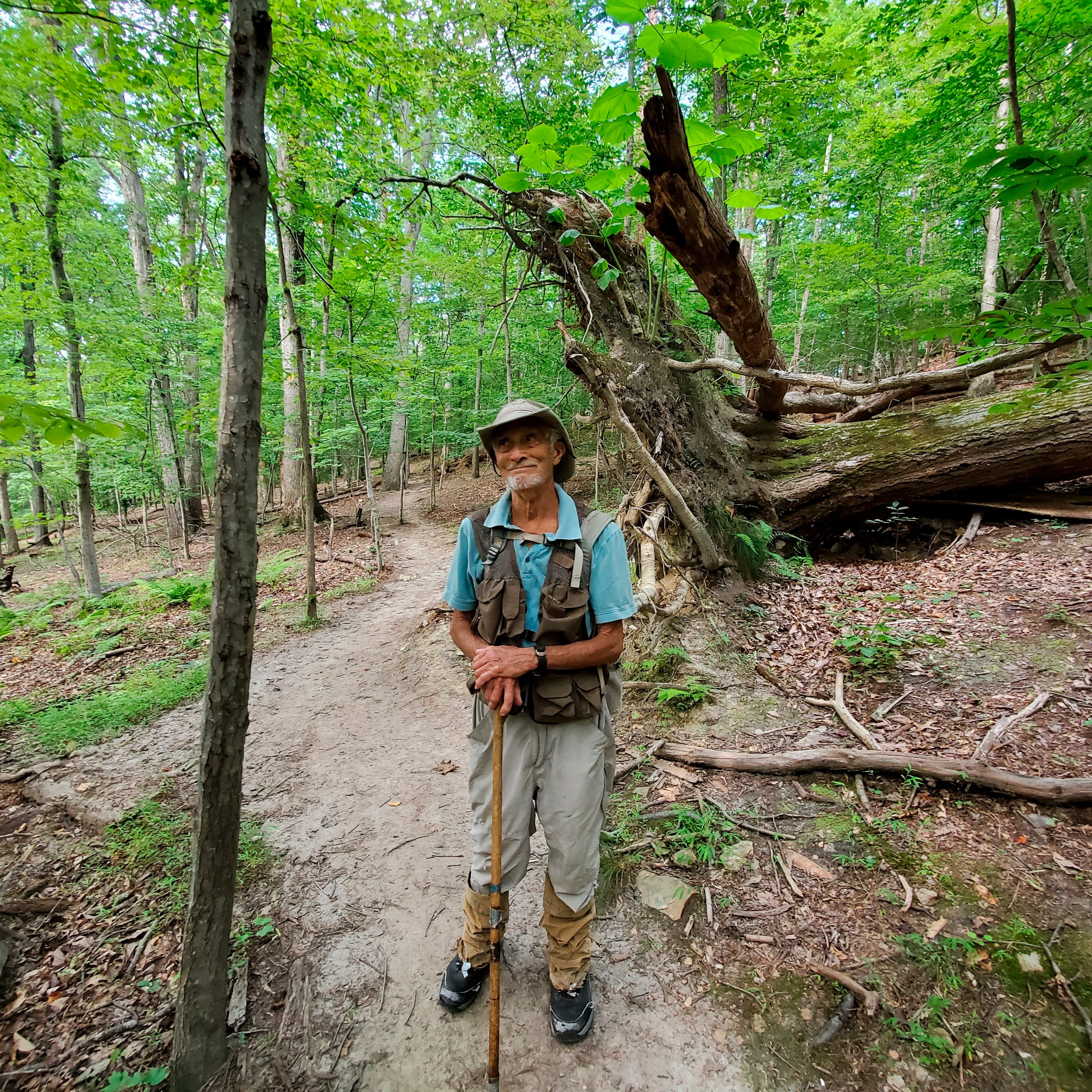The ‘ambassador of rattlesnakes’ dies of a rattlesnake bite
William H. “Marty” Martin discovered a population of rattlesnakes at a previously unknown location aged nine, and continued to document timber rattlers into his 80s
Your support helps us to tell the story
From reproductive rights to climate change to Big Tech, The Independent is on the ground when the story is developing. Whether it's investigating the financials of Elon Musk's pro-Trump PAC or producing our latest documentary, 'The A Word', which shines a light on the American women fighting for reproductive rights, we know how important it is to parse out the facts from the messaging.
At such a critical moment in US history, we need reporters on the ground. Your donation allows us to keep sending journalists to speak to both sides of the story.
The Independent is trusted by Americans across the entire political spectrum. And unlike many other quality news outlets, we choose not to lock Americans out of our reporting and analysis with paywalls. We believe quality journalism should be available to everyone, paid for by those who can afford it.
Your support makes all the difference.A renowned rattlesnake researcher has died after being bitten by a captive rattlesnake at his West Virginia home.
William H “Marty” Martin died on 3 August, one day after he was bitten by a snake at his property in Harpers Ferry, his wife Renee Martin said.
Mr Martin, who was described as an ambassador to rattlesnakes, developed a lifelong fascination with the timber rattlers ever since he discovered a population in a previous unknown location in the Bull Run Mountains in northern Virginia at the age of nine.
He convinced a skeptical herpetologist to come and verify the find, close friend Joe Villari wrote in a lengthy tribute on Facebook.
“He went on to traverse across most of the snake-bearing continents (on foot!), intentionally spending time in some of our globe’s most dangerous locals to document venomous snake populations,” Mr Villari wrote.
“He acted as one of their earliest ambassadors – far before the eruption of the ecological and animal welfare enlightenment of the 1970s.”
Mr Villari, who manages the Bull Run Mountains Preserve, told the Associated Press that Mr Martin continued to go on arduous treks to remote locations to monitor snake populations right up until his death.
“He was in his 80s, and he was hard to keep up with,” Mr Villari said.
Rattlesnake researcher John Sealy, who had known Mr Martin for more than 30 years, told the Associated Press he was perhaps the foremost authority on the timber rattlers.
Through his years of field work and research, Mr Martin had a unique ability to find and document a species that makes itself hard to find.
“They’re extremely secretive animals,” Mr Sealy told the Associated Press.

According to the Centers for Disease Control and Prevention, fatalities from snake bites are rare, with about five people dying each year in the United States.
Mr Martin had previously recovered from being bitten, and experts said that a second bite could be more dangerous.
Dan Keyler, a toxicology professor at the University of Minnesota and an expert on snakebites, told the Associated Press that age can also be a factor in a person’s susceptibility.
Mr Villari said his close friend died with his wife and daughters by his side.



Join our commenting forum
Join thought-provoking conversations, follow other Independent readers and see their replies
Comments